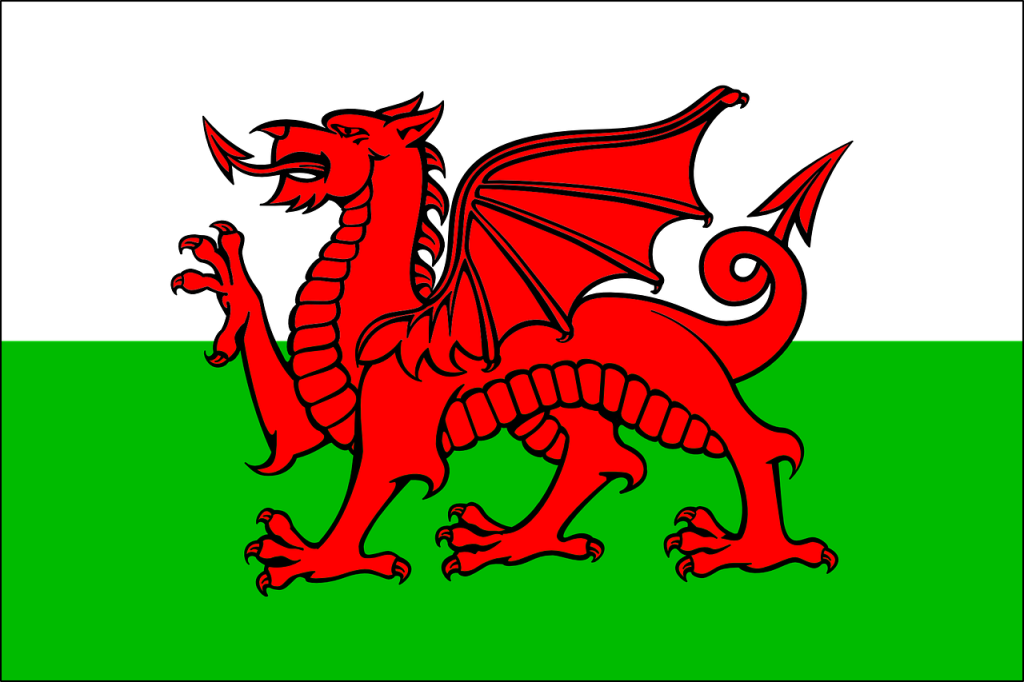Obvious answer is “it’s a FLAG!” But, today we are not doing obvious answers, we are looking into the history behind it. Why? Well, without getting into opinions about it, it is because the St George Cross, flag of England, and the Union Flag have both been in the news recently over new design ideas. This made me wonder about the history behind the nations flags.
The Union Flag
The Union Flag is the national flag of the United Kingdom. It got its name because it combines the crosses of the three countries united under one Sovereign – the kingdoms of England and Wales, of Scotland and of Ireland – although since 1921 only Northern Ireland has been part of the United Kingdom. Over the next series of posts I will be looking into each of these flags and how they came about.
St George’s Cross
The flag of England, known as the St George’s Cross is instantly recognisable due to the white background with a red perpendicular cross covering its entire height and width, but did you know that the cross motif is a reference to the crucifixion of Jesus Christ?
As ever with history, there are differing accounts as who used it first, when was it’s design adopted to represent England and what did the design first look like? Having said that most historians agree that is thought to date back as far as the 12th Century, when it was used to identify people fighting in the Crusades. Sadly, religious wars and disputes of controlling land have always happened throughout history. The word “crusade” relates to crux, which is Latin for cross.
Who was St George?
What is the truth behind the brave knight who slayed a dragon to save the princess?
The dragon slaying George is a story probably based around a Greek legend. George, is thought to have been born in Cappadocia, Turkey, which is 2000 miles away from here! Rather than being a knight he was a Roman soldier at the time of Emperor Diocletian in early 4AD. (AD stands for Anno Domini which is latin for after Christ)
Emperor Diocletian still believed in the Roman Gods and demanded that Christians do the same. When they refused he destroyed their churches and imprisoned many priests. George refused to deny his faith and was sentenced to death, becoming a martyr for his cause. Over 200 years later he was canonised (made a saint) by Pope Galasius.
When is St George’s Day?
St George’s Day is celebrated on the 23rd April and has been celebrated in England since the 9th century, it is possibly the day he died. He became popular with English kings due to his reputation for being devout. Edward I (1272-1307) had banners made bearing the emblem of St George (a red cross on a white background) and Edward III (1327-77) is rumoured to have owned a relic of his blood. However, the St George cross was not used to represent England until the reign of Henry VIII.
An International Saint
England is not the only country to lay claim to, and celebrate St George; Venice, Genoa, Portugal, Ethiopia and Catalonia among many others name him as their patron saint.
Other stories and information
During the Middle Ages, people believed that St George was one of the ‘Fourteen Holy Helpers’ – a group of saints who could help during epidemic diseases.
St George’s protection was invoked against several nasty diseases, many fatal and with infectious causes, including the Plague and leprosy.
From around 1100, St George’s help was also sought to protect the English army.
In Shakespeare’s Henry V, the eponymous hero calls on the saint during his battle cry at the Battle of Harfleur in the famous ‘Once more unto the breach, dear friends’ speech, crying ‘God for Harry! England, and St. George!’
Five hundred years later – during the First World War – a ghostly apparition of St George is said to have aided British troops during their retreat from Mons, and the naval commander of the Zeebrugge Raid cited the saint as inspiration.
https://www.english-heritage.org.uk/
Windsor Castle supposedly had some of his relics…but were they him? How would we know?
Medals and awards carry his name and his image, for example:
The Order of the Garter- this was founded by Edward III in 1348 and is the highest order of chivalry in the country. To this day St George’s cross still appears on the Garter badge and his image is the pendant of the Garter chain.
A new award for heroism as created in 1940 by King George VI – The George Cross, named after the king, bears the image of St George vanquishing the dragon.
Finally the image of St George can be found on many of the memorials built to honour those killed during World War One.
Can you find any more interesting facts about St George?


